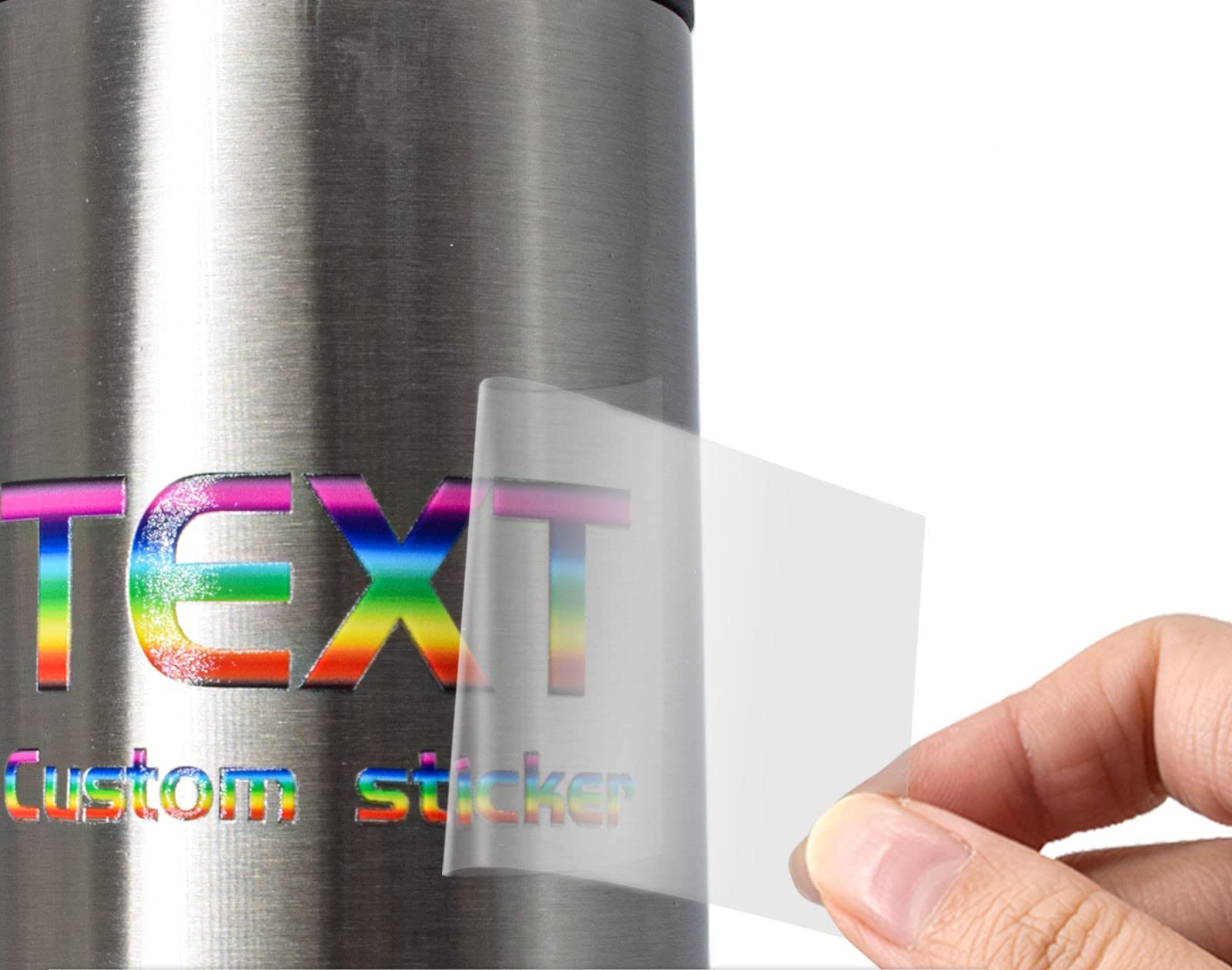Screen Printing vs. DTF Transfers Differences
When it comes to choosing the best method for transferring designs onto textiles, two popular options are screen printing and direct-to-film (DTF) transfers. Both techniques have their own unique features and benefits, making them suitable for different types of projects. In this article, we will explore the differences between screen printing and DTF transfers to help you make an informed decision for your next printing project.
Screen Printing
Screen printing, also known as silk screening, is a traditional printing method that involves pushing ink through a mesh screen onto the fabric. This technique is widely used in the textile industry for producing high-quality, long-lasting prints. Here are some key features of screen printing:
- Durability: Screen printing produces durable prints that can withstand multiple washes without fading or cracking. This makes it an ideal choice for printing on garments that will be worn frequently.
- Versatility: Screen printing can be used to print on a wide range of materials, including cotton, polyester, and blends. It is also suitable for printing on both light and dark fabrics, thanks to the use of opaque inks.
- Color Vibrancy: Screen printing allows for vibrant and opaque colors to be printed on textiles. This makes it a popular choice for designs that require bold and eye-catching colors.
Screen printing is a versatile technique that can be used for various applications. It is commonly used for printing logos, artwork, and designs on t-shirts, hoodies, bags, and other textile items. The process involves creating separate screens for each color in the design, which are then used to transfer the ink onto the fabric. This method allows for precise color matching and consistent results across different print runs.
Another advantage of screen printing is the ability to achieve special effects, such as metallic or glow-in-the-dark inks. These effects can add a unique touch to printed designs and make them stand out. Additionally, screen printing is known for its long-lasting and fade-resistant prints, making it a preferred choice for apparel brands and businesses looking for high-quality merchandise.
In summary, screen printing is a reliable and versatile method for producing durable and vibrant prints on a wide range of textiles. While it may have high setup costs and limitations in color options, its durability, versatility, and color vibrancy make it a popular choice for many printing projects.
DTF Transfers
DTF transfers are a relatively newer printing technique that involves printing designs onto a special film, which is then transferred onto the fabric using a heat press. This method offers several advantages over screen printing, including:
- Cost-Effective: DTF transfers can be more cost-effective than screen printing for small print runs, as there is no need to create screens for each color. This makes it a popular choice for custom and on-demand printing projects.
- Detail Reproduction: DTF transfers are capable of reproducing intricate details and gradients with high precision. This makes it a great choice for printing photorealistic images and complex designs.
- No Minimum Order Quantity: Unlike screen printing, which may have minimum order requirements due to setup costs, DTF transfers can be done on a per-piece basis. This makes it ideal for printing small quantities of custom designs.
DTF transfers offer a convenient and efficient way to produce high-quality prints with detailed designs. The process involves printing the design onto a special film using a compatible printer, and then transferring the design onto the fabric using a heat press. This method allows for quick turnaround times and is suitable for custom or on-demand printing projects where small quantities are required.
One of the key advantages of DTF transfers is the ability to reproduce intricate details and gradients with high precision. This makes it a preferred choice for printing photorealistic images, illustrations, and complex designs that may be challenging to achieve with other printing methods. Additionally, DTF transfers do not have minimum order requirements, allowing for flexibility in printing small quantities of custom designs without incurring additional setup costs.
Despite its advantages, DTF transfers do have limitations, such as limited color options per design. While screen printing allows for a wide range of colors to be used, DTF transfers are typically limited to a set number of colors per design. This may impact the color vibrancy and complexity of the final print, especially for designs that require a wide range of colors or color gradients.
In conclusion, both screen printing and DTF transfers have their own unique advantages and limitations. Screen printing is a reliable and durable option for producing high-quality prints on a wide range of fabrics, while DTF transfers offer cost-effective and detailed printing for small print runs. The choice between the two methods will ultimately depend on your specific project requirements and budget constraints. Consider the factors mentioned above to determine which method is best suited for your next printing project.



Leave a comment
All comments are moderated before being published.
This site is protected by hCaptcha and the hCaptcha Privacy Policy and Terms of Service apply.